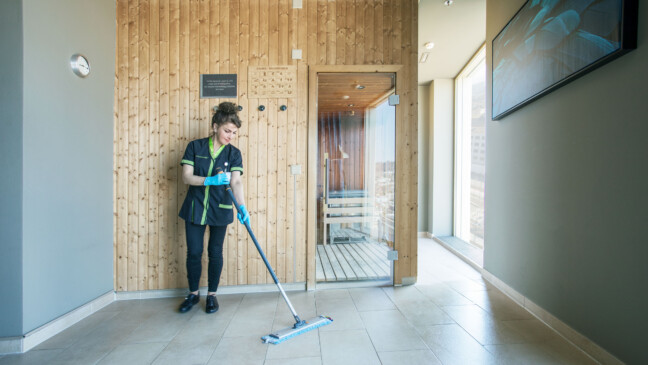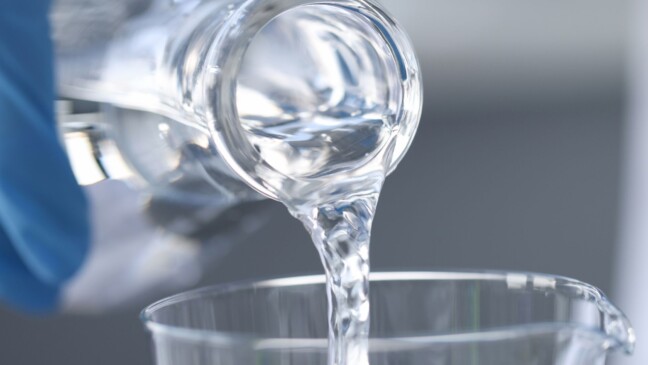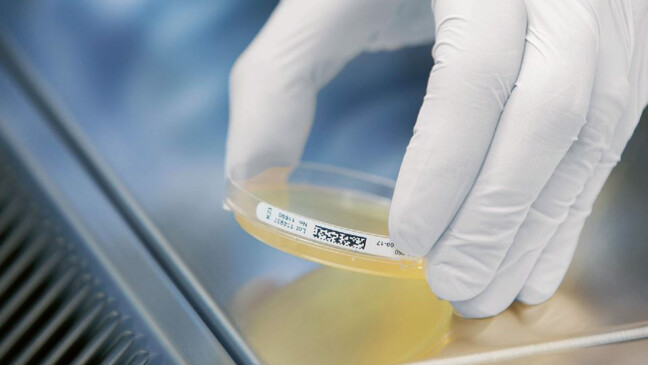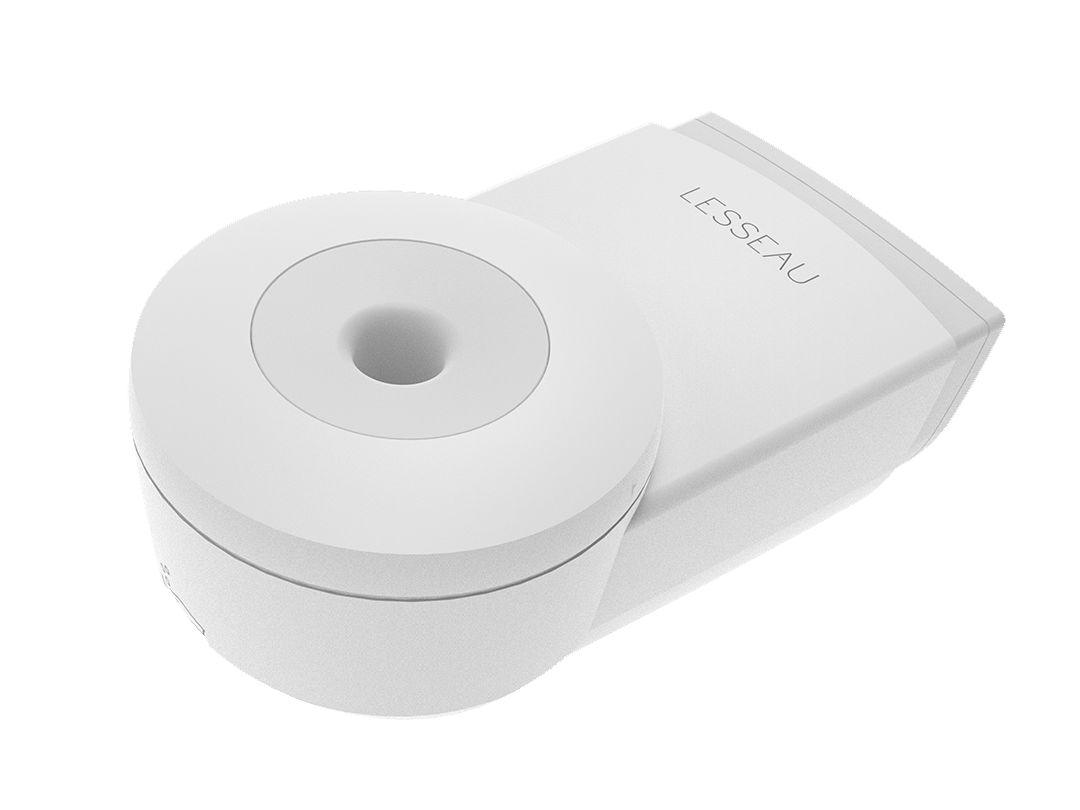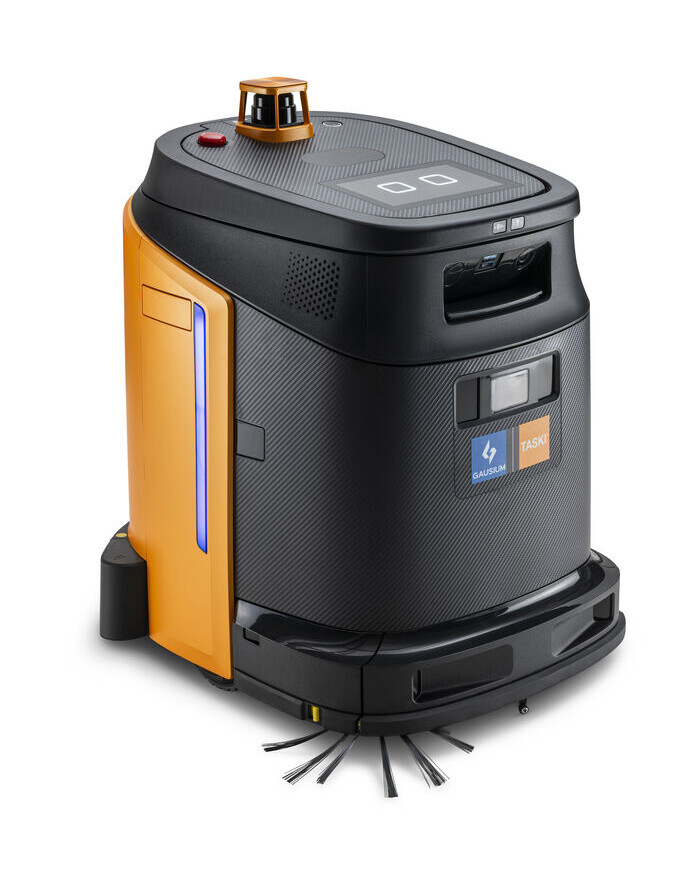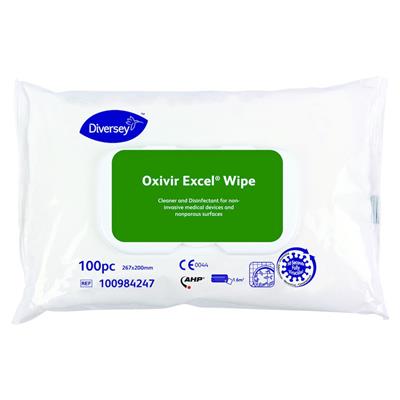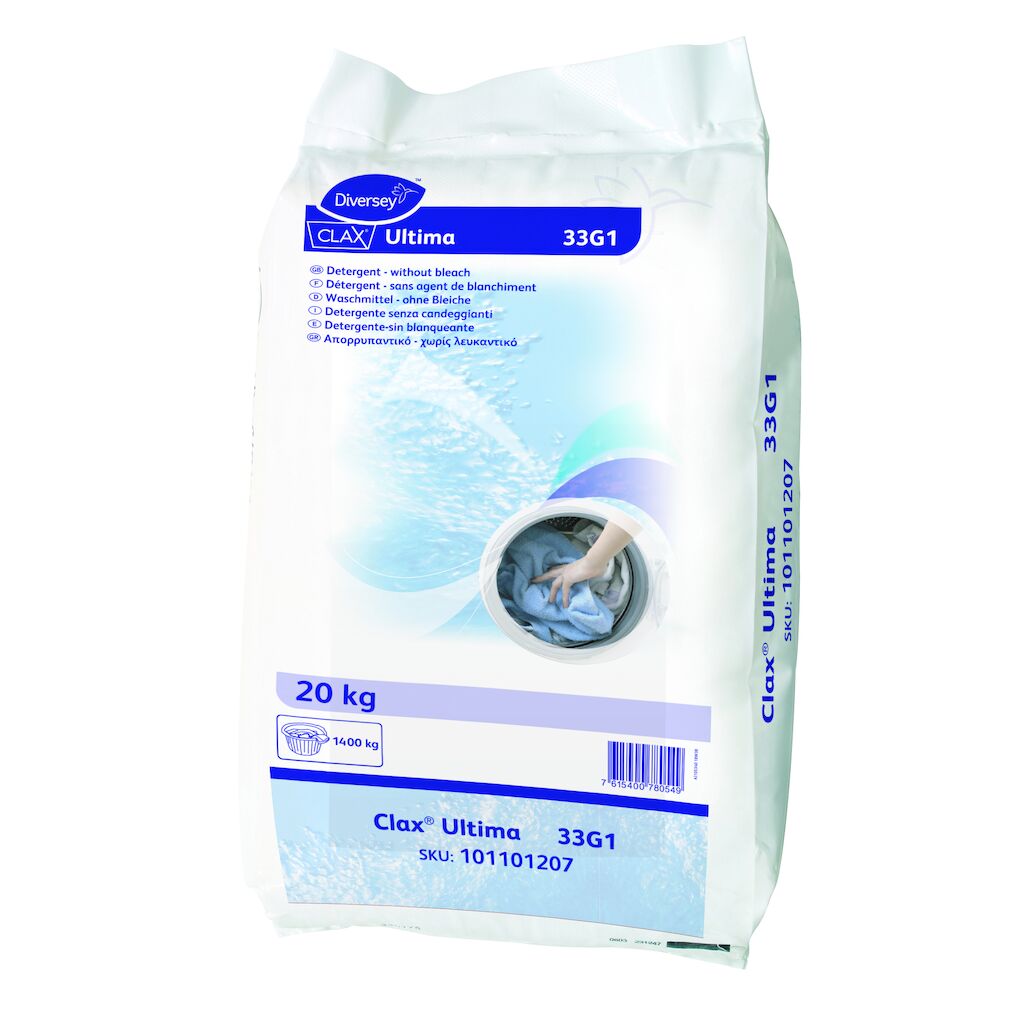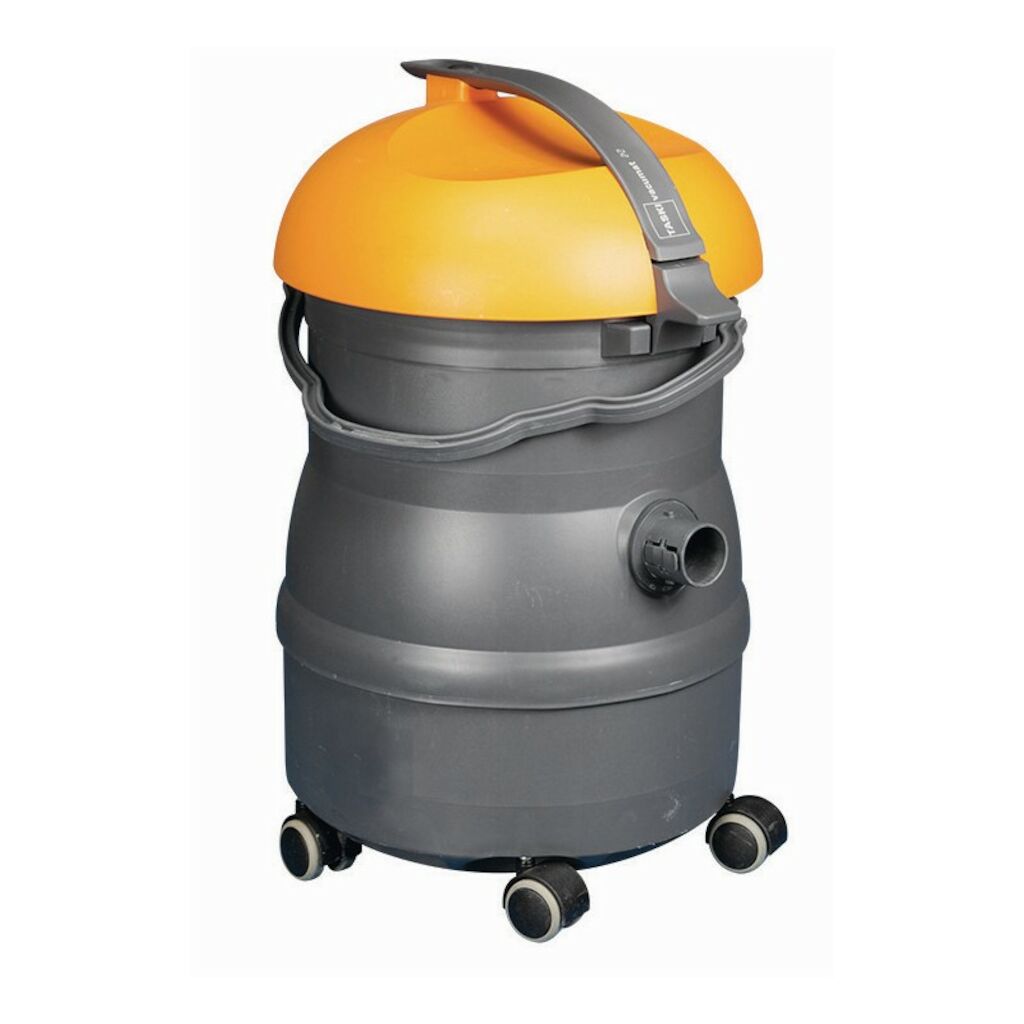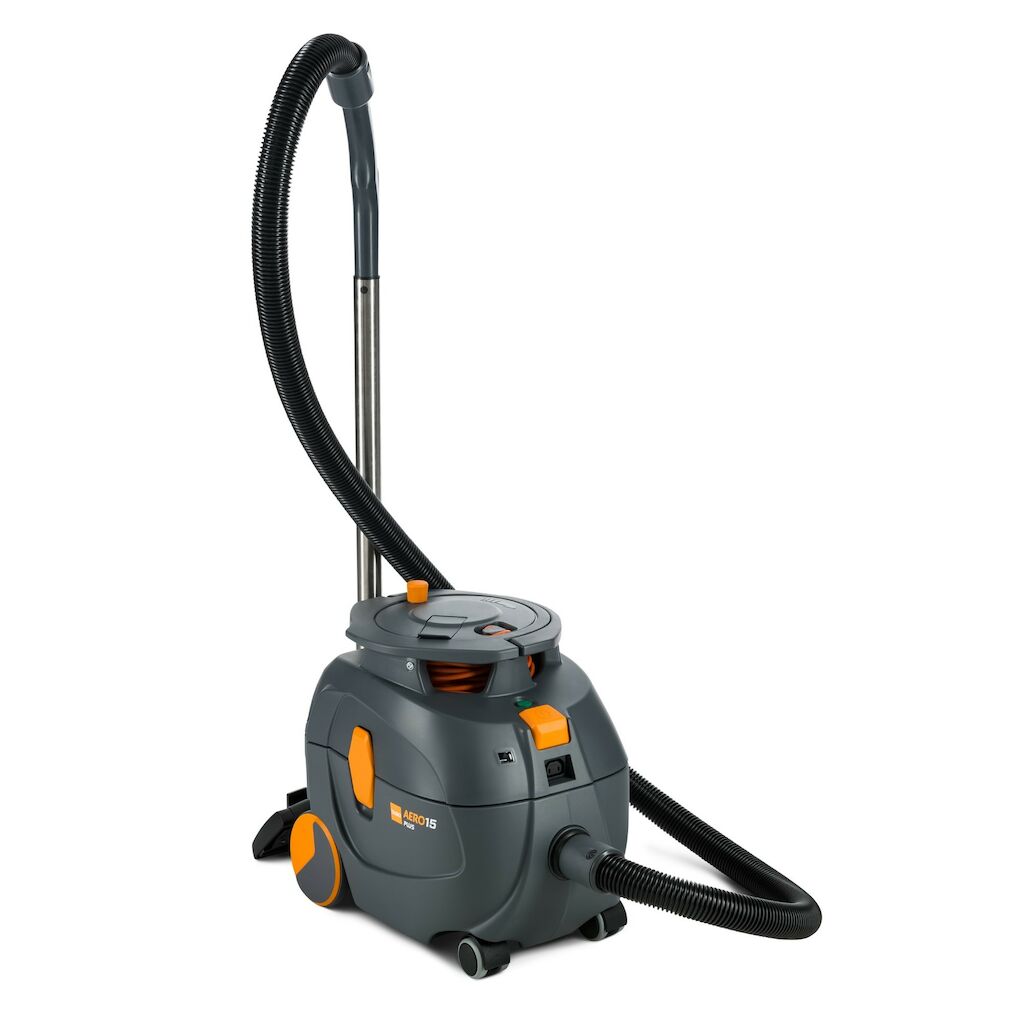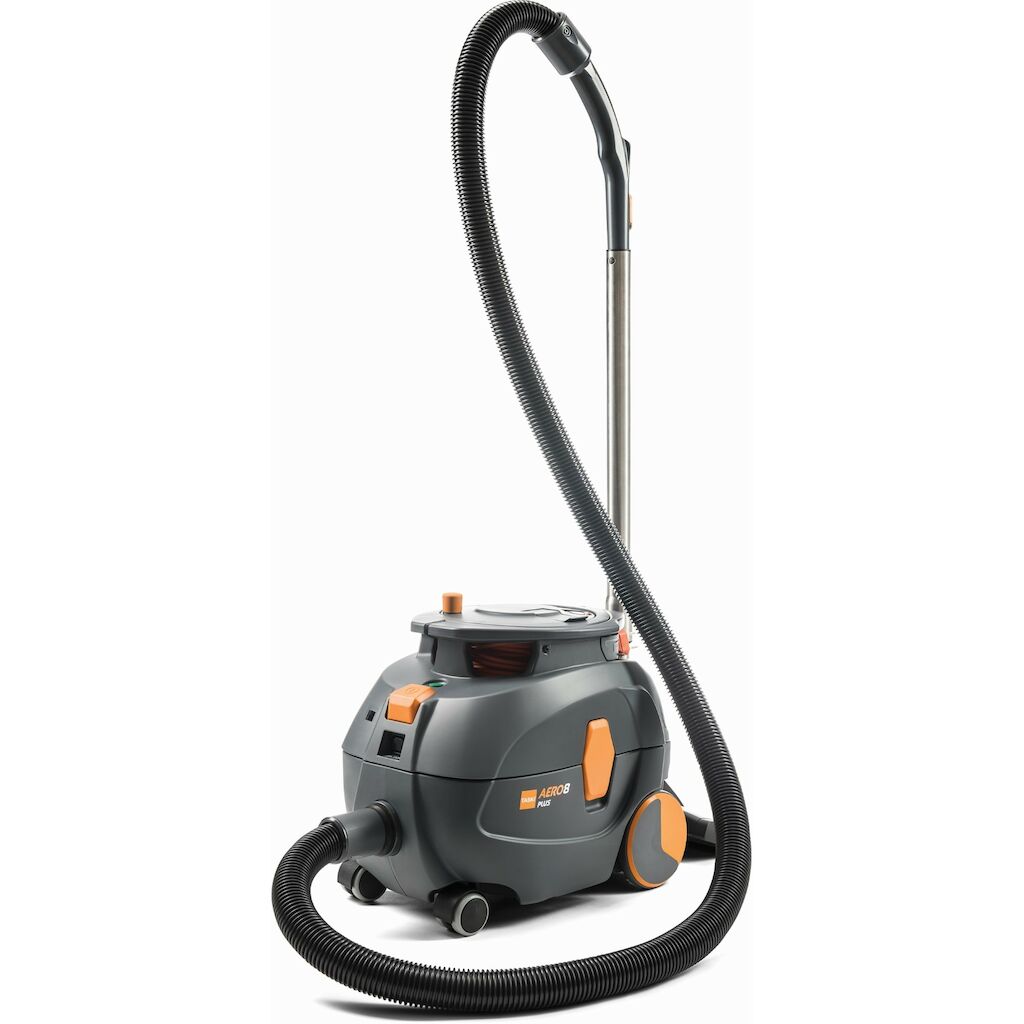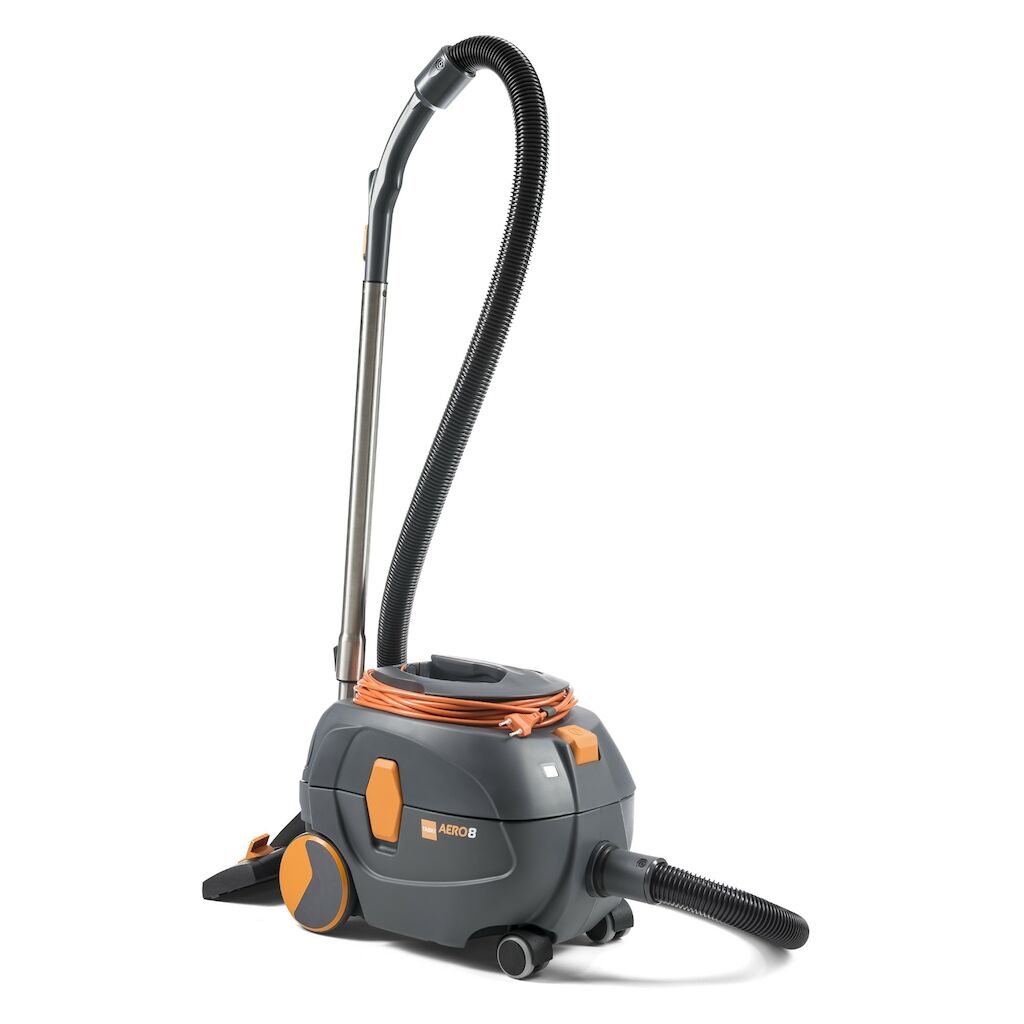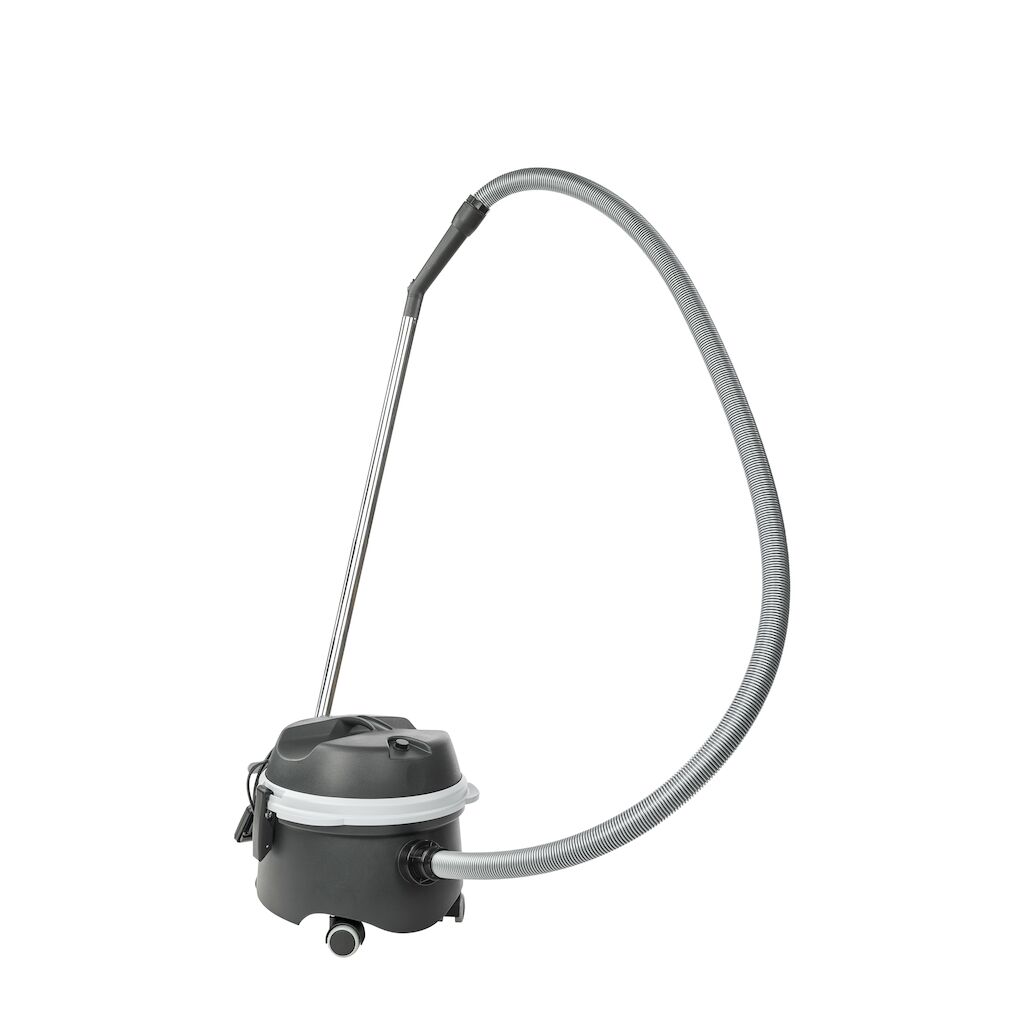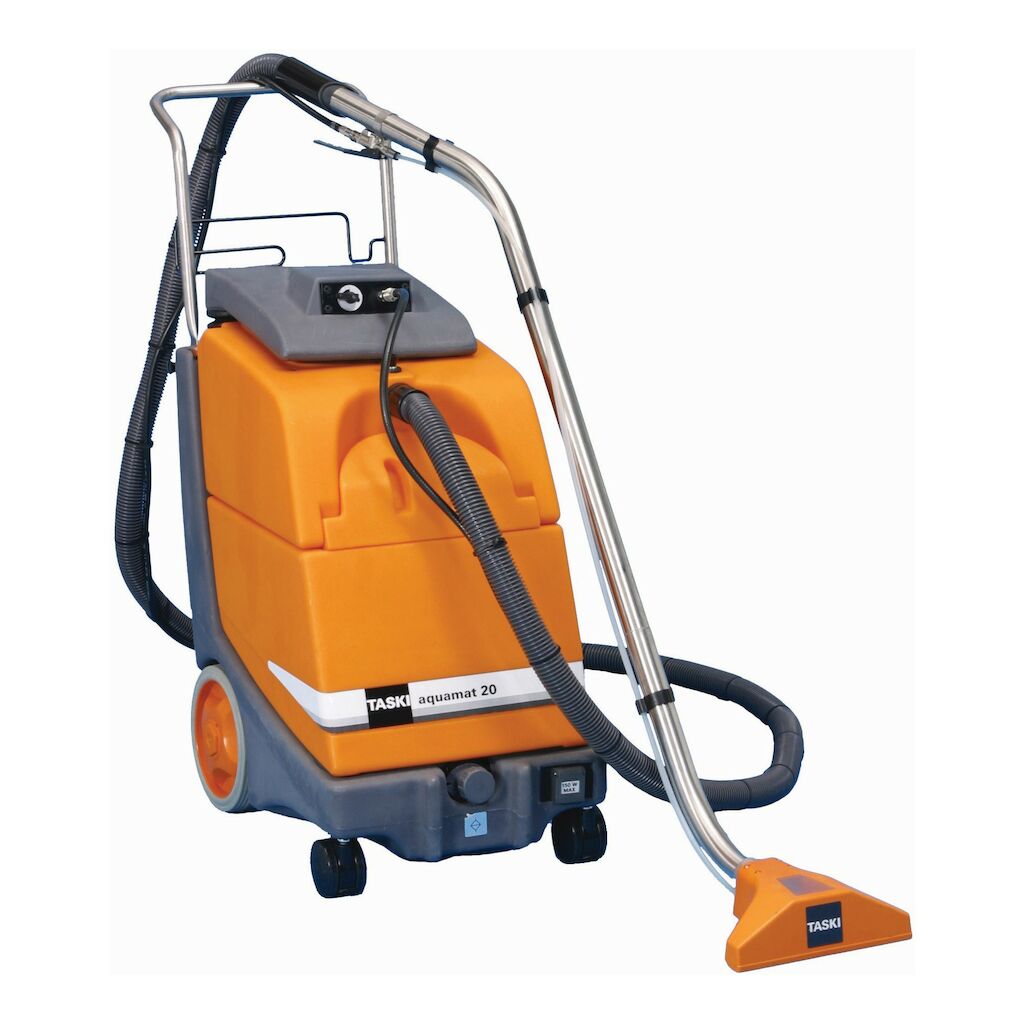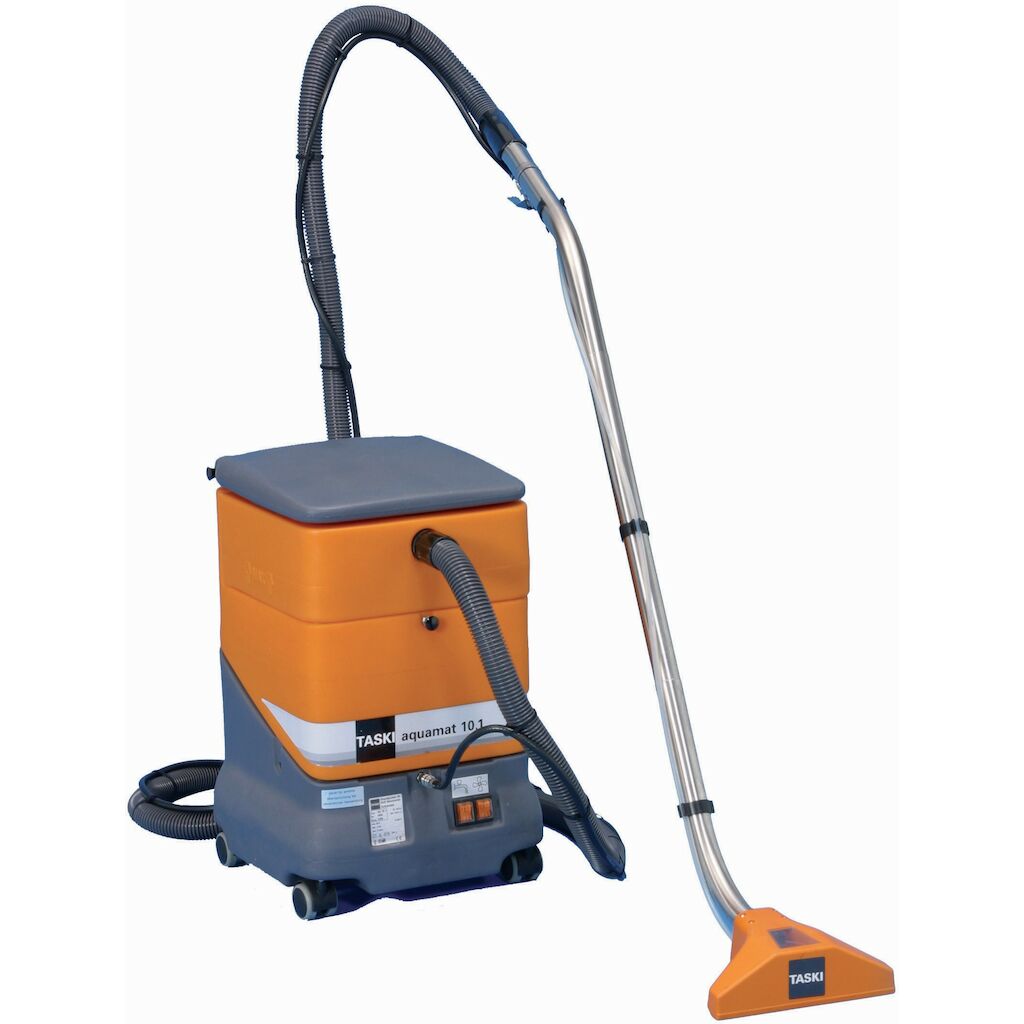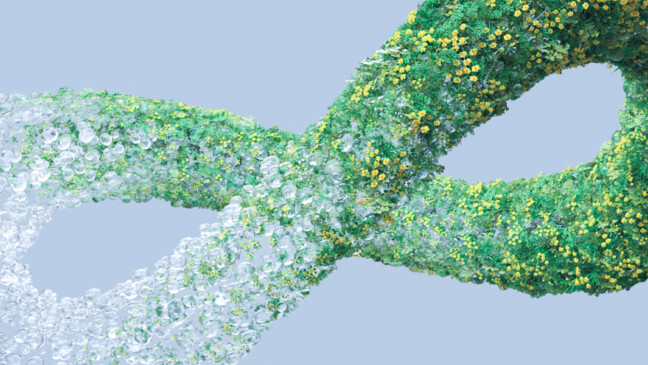
08.07.25
Microplastics in cleaning – cause, regulation and alternatives
Microplastics are no longer just an issue for environmentalists. It is found in cosmetics, clothing and also in many cleaning agents and cleaning materials that are used daily in the household and in the cleaning industry. The solid plastic particles, which are micrometres in size, end up directly in our environment via the wastewater and are barely degradable there. The consequences are serious. Especially for water, animals and potentially also for our health, but how exactly do microplastics get into cleaning products? Which products are affected? And what do legislators in the EU and Switzerland have to say?
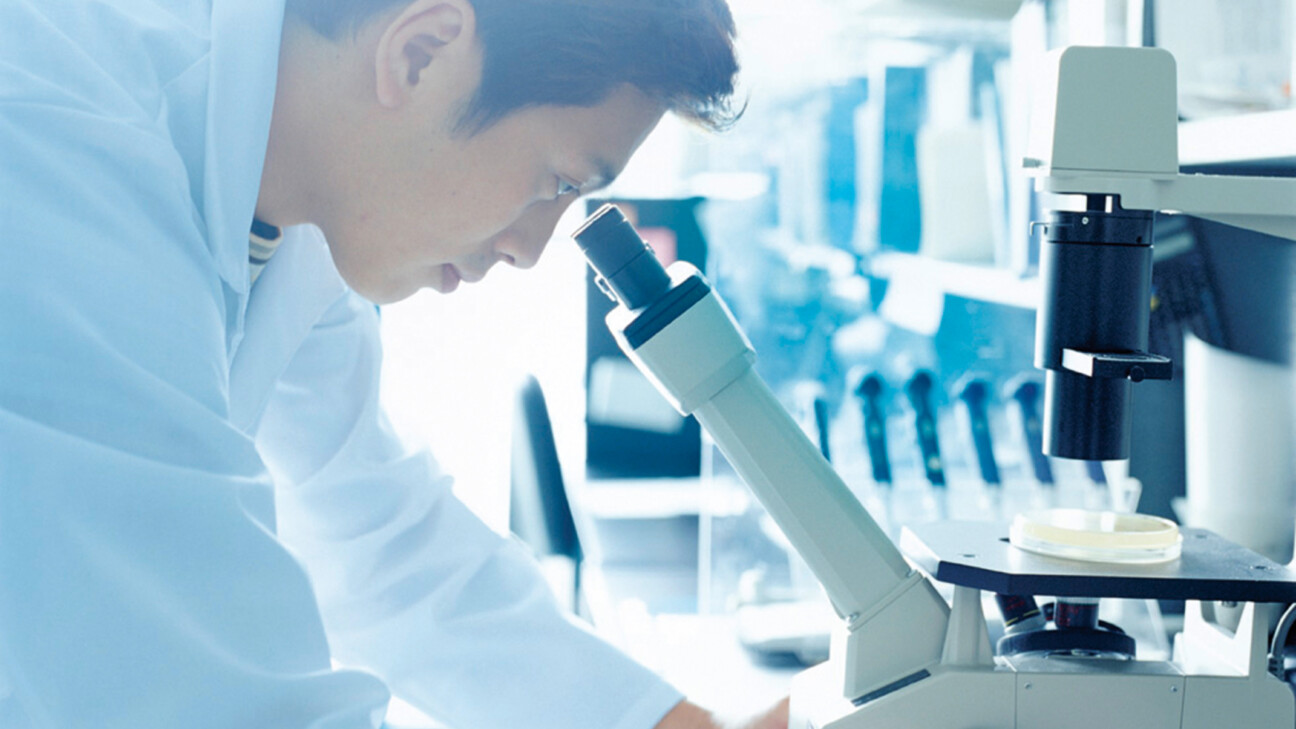
What is microplastic – and why is it in cleaning products?
Microplastics are solid, insoluble plastic particles that are smaller than five millimetres. They are created either deliberately during production or as a degradation product of larger plastic items. Depending on their origin, a distinction is made between primary and secondary microplastics . Primary microplastics are intentionally used in products. Often in scrubs, cosmetics or cleaning products, for example. Secondary waste, on the other hand, is produced through decomposition, e.g. through the abrasion of car tyres, the decomposition of plastic packaging or the use of plastic brushes.
Microplastics in cleaning products are mainly used as abrasives, thickeners or opacifiers. It is said to ensure better cleaning performance, a stable consistency or certain optical effects. The big problem here is that consumers do not recognise this at first glance.
The fact that microplastics in cleaning products are not degradable and end up directly in rivers, lakes and oceans via waste water makes their use particularly problematic. It is precisely this process that is leading to a growing environmental problem. The long-term effects on humans and animals have not yet been fully researched, but studies are already showing possible risks. Inflammatory reactions, hormonal disorders and stress on organs could be consequences of microplastic intake.
Which cleaning products contain microplastics?
Microplastics in cleaning products are more widespread than many people realise. These microplastics are often not used as visible granules, but in liquid or gel-like form.
The frequently used plastics include the following:
- PE (polyethylene)
- PP (Polypropylene)
- PA (polyamide)
- PET (polyethylene terephthalate)
Independent tests by organisations such as NABU, GLOBAL 2000 or Öko-Test regularly show how widespread plastic residues in cleaning products actually are.
Microplastics ban in the EU and regulations in Switzerland
In order to reduce the environmental impact of microplastics, the European Union has introduced new restrictions with Regulation (EU) 2023/2055. This regulation, which came into force on 17 October 2023, bans the placing on the market of products to which microplastics have been deliberately added, including many cleaning products. However, implementation is subject to deadlines.
In Switzerland, the Federal Council is planning to amend the Chemical Risk Reduction Ordinance (ORRChem) accordingly in order to adopt the EU regulations. The aim is to better protect health and the environment and avoid trade barriers. The proposed amendments are currently undergoing consultation.
Environmental organisations logically welcome these measures. However, it quickly becomes clear that implementation is far slower than it could actually be.
What alternatives are there to cleaning products with microplastics?
The best alternative is to use natural ingredients. Such cleaning agents are often certified, for example by “Cradle to Cradle”. If no natural alternatives are available, avoiding overdosing can help to reduce the environmental impact.
Diversey, for example, offers a good natural alternative to conventional cleaning products with its SURE product line.
In professional cleaning, it is not only cleaning agents that are responsible for microplastic pollution, but also the cleaning materials used, such as brushes. Diversey also offers a natural alternative here with its Green Line.
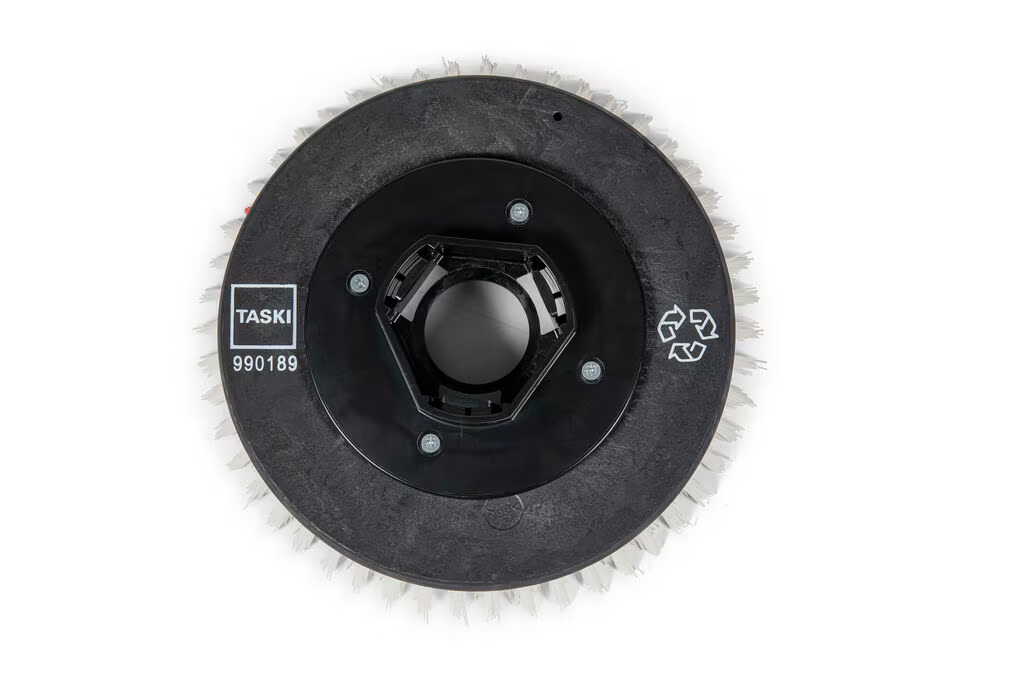
Further information about TASKI Scrubbing Brush “Green Line”
FAQ
What can be done to prevent the release of microplastics?
To avoid the release of microplastics from cleaning products, use cleaning products with natural ingredients wherever possible and look out for seals such as “Cradle to Cradle”.
Which microplastic products were banned in 2023?
EU Regulation 2023/2055 has banned products with added plastic particles, including microbeads in scrubs, cosmetics and certain cleaning products, since October 2023.
How do microplastics get into the sea?
The plastic particles end up in wastewater in sewage treatment plants, which often do not filter them completely. From there, it ends up in rivers and ultimately in the sea.
Where does the microplastic come from?
Microplastics are created by the decomposition of larger plastic parts(secondary microplastics) or are deliberately added to products such as cleaning agents(primary microplastics).
